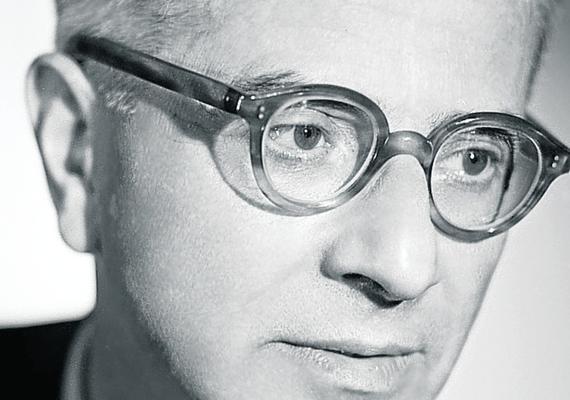He is best known for his work on the Indo-European language family: Who is Emile Benveniste?
His research developed in three directions: the study of Iranian languages, the comparative grammar of Indo-European languages, and general linguistics.

(1902-1976) French linguist. He was born in Aleppo in 1902 and died in 1976. Like the emerging French linguists of his time, L Tesnier and A Martinet, he attended the meetings of the "Prague Linguistics Circle", which was founded in 1926 and based on Saussure's Structuralism, and closely followed its activities. He especially studied languages within the Indo-European language family and produced various works in this field. He worked for a long time as a professor of comparative grammar at the College de France.
He made his first studies on names in Indo-European languages. His book Origines de la formation des noms en indo-euroeen (“The Origins of the Formation of Names in Indo-European Languages”) was published in 1935, describing the genesis and origins of names in this language family. A similar subject is the names of names (such as singer, baker, milkman) and verb names showing a kind of occupation in Indo-European languages, which was published in 1948. Names and Action Names”). He collected his studies on Hittite, examining the characteristics of the Indo-European language family, in his work Hittite et indo-europeen (“Hittite and Indo-European Languages”).
The two-volume Problemes de Linguistique generale ("Problems of General Linguistics"), in which Benveniste deals with general linguistic problems, has received great attention in the linguistic and literary circles. Benveniste, who exhibits the approach he has obtained as a result of the language studies he has done up to that time, in this work, also puts forward a unique distinction in the subject of enunciation. According to him, in the act of producing utterance or utterance, language is transformed into discourse at the individual level. In the historical narrative (histoire), which is a different type of enunciation from discourse, language becomes independent from the speaking individual.
Apart from these, the analysis of the Problemes de Linguistique generale, especially in the field of language and the structure of societies, proper names, and tenses (systems) in languages, have been quite influential. According to Benveniste, the structure of languages and the structure of societies are not identical. Because it is seen that languages with similar structures are used in very different societies. The phenomenon of time in languages, on the other hand, should be handled in two different ways: First, the time of the current discourse; the other is the time of a past event or narrative. With this distinction, the use of time charms in actions will be clarified. The work also sheds light on the linguistic analysis of literary texts.
